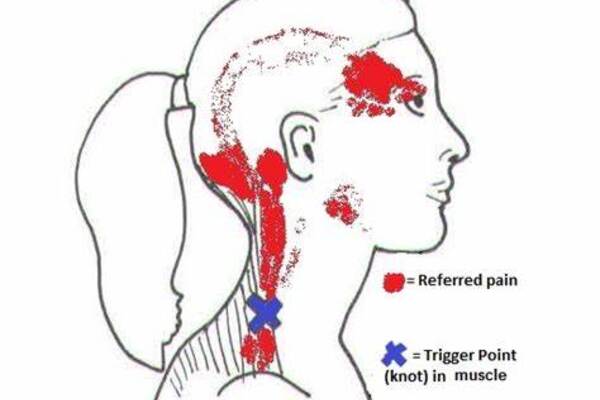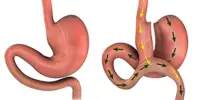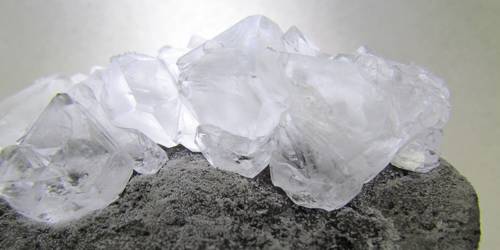According to a study presented today at the Radiological Society of North America’s annual meeting, researchers have found objective proof of how the neck muscles are implicated in primary headaches. The discoveries could lead to more effective treatments.
Primary headaches have distinct underlying causes that are not fully understood. The most common primary headaches are tension headaches and migraines.
“Our imaging approach provides first objective evidence for the very frequent involvement of the neck muscles in primary headaches, such as neck pain in migraine or tension-type headache, using the ability to quantify subtle inflammation within muscles,” said Nico Sollmann, M.D., Ph.D., resident in the Department of Diagnostic and Interventional Radiology at University Hospital Ulm, and the Department of Diagnostic and Interventional Neuroradiology at University Hospital Rechts der Isar in Munich, Germany.
Our findings support the role of neck muscles in the pathophysiology of primary headaches. Therefore, treatments that target the neck muscles could lead to a simultaneous relief of neck pain, as well as headache.
Dr. Nico Sollmann
Tension-type headaches affect two of every three adults in the United States. People suffering from tension headaches frequently experience constriction in their heads as well as mild to moderate dull pain on both sides. While severe headaches are commonly connected with stress and muscle strain, their specific cause is unknown.
Migraines are characterized by intense throbbing pain. Migraines typically occur on one side of the head, or the pain is more severe on that side. Migraines can also result in nausea, weakness, and light sensitivity. According to the American Migraine Foundation, migraine affects approximately 37 million people in the United States, with up to 148 million people suffering from chronic migraine globally.
Neck pain is often connected with main headaches. However, there are no objective biomarkers indicating myofascial involvement. Myofascial discomfort is caused by inflammation or irritation of the muscle or the connective tissue that surrounds it, known as fascia.
Dr. Sollmann and colleagues used quantitative magnetic resonance imaging (MRI) to research the role of the trapezius muscles in primary headache disorders, as well as to analyze relationships between muscle T2 values and headache and neck pain frequency.

The prospective study had 50 participants, predominantly women, ranging in age from 20 to 31 years old. Sixteen of the study participants had tension-type headaches, and twelve had both tension-type headaches and migraine attacks. The groups were matched against 22 healthy controls.
Every participant got a 3D turbo spin-echo MRI. The bilateral trapezius muscles were manually segmented and muscle T2 extracted. The associations between muscle T2 values and the occurrence of neck discomfort, number of days with headache, and number of myofascial trigger points as measured by manual palpation of the trapezius muscles were investigated (after controlling for age, gender, and body mass index).
The tension-type headache plus migraine group demonstrated the highest muscle T2 values. Muscle T2 was significantly associated with the number of headache days and the presence of neck pain. The increased muscle T2 values could be interpreted as a surrogate of inflammation arising from the nervous system and increased sensitivity of nerve fibers within myofascial tissues.
“The quantified inflammatory changes of neck muscles significantly correlate with the number of days lived with headache and the presence of subjectively perceived neck pain,” Dr. Sollmann said. “Those changes allow us to differentiate between healthy individuals and patients suffering from primary headaches.”
Muscle T2 mapping could be used to stratify patients with primary headaches and to track potential treatment effects for monitoring. “Our findings support the role of neck muscles in the pathophysiology of primary headaches,” Dr. Sollmann said. “Therefore, treatments that target the neck muscles could lead to a simultaneous relief of neck pain, as well as headache.”
Dr. Sollmann pointed out that non-invasive treatment options that directly target the site of pain in the neck muscles could be highly effective and safer than systemic drugs. “Our imaging approach with delivery of an objective biomarker could facilitate therapy monitoring and patient selection for certain treatments in the near future,” he added.
















